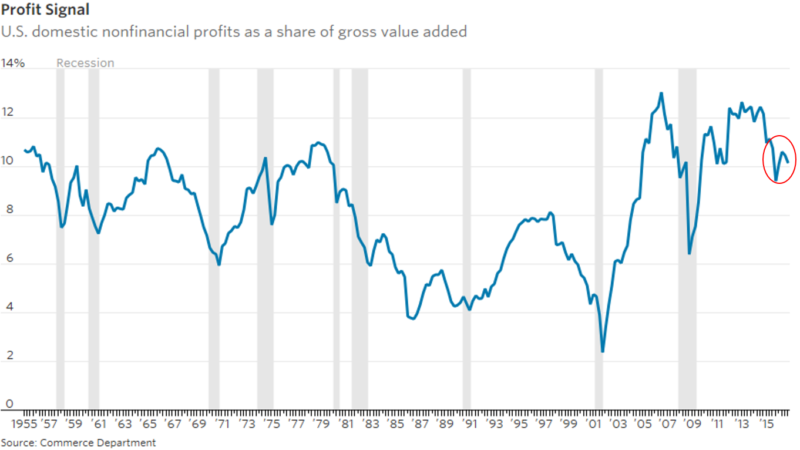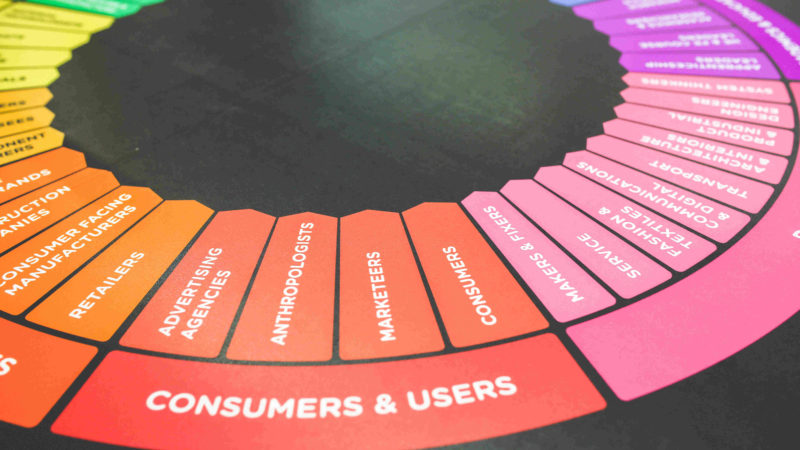Be Prepared for the Coming Profit Squeeze
The Wall Street Journal reported today the statistics from the Department of Commerce that suggest US companies should expect a profitability squeeze. The low inflation of 1.2% in Q1 2017 shows that US companies…
read more


